6 Potential Causes of Broken Capillaries
If you suffer from broken capillaries on your face, then we’re here to help you understand why they occur and how to correct the damage with treatment that is safe and effective for delicate facial skin.
What Causes Broken Capillaries?
6 potential causes of facial thread veins
There are a number of potential causes of the tiny little vessels that can appear on the face:
- Trauma/injury
Even minor injuries can cause damage to the delicate blood vessels beneath the skin’s surface. Broken capillaries can occur due to the pressure of wearing glasses (spectacles), accidental knocks and bumps, or during surgical or non-surgical procedures. - Ageing process
Older skin is more susceptible to broken capillaries. This is because collagen and elastin in the skin are diminished over time. The result is that the skin becomes thinner and therefore veins are more noticeable. - Genetic predisposition
A tendency to visible facial veins can run in the family, so if your parents or grandparents suffered from broken capillaries, then you may have inherited them. - Hormones
Major hormonal changes such as puberty, pregnancy and menopause can lead to the development of broken capillaries. - Environmental factors
External conditions such as the weather – wind, sunburn or extreme cold – can cause broken capillaries - Lifestyle
Exposure to hot baths, showers or saunas can cause the blood capillary walls to contract and expand very quickly. This can lead to damage in the vein wall, allowing the blood to seep through or leaving the capillaries permanently dilated.
Broken Capillary Treatment London
Cosmedics Skin Clinics offers spider vein and facial thread vein removal treatment at two London Vein Treatment Centres.
- 4 Disraeli Road, Putney, London, SW15 2DS
- 41 Harley Street, London, W1G 8QH
All thread vein treatments are carried out by skilled and experienced doctors.
Laser Treatment
The sophisticated Harmony XL Pro Laser treatment is available at both London Vein Treatment Centres in Harley Street and Putney. As well as destroying the thread veins, the advanced laser energy also works to stimulate healing and cell renewal in the treated area for clearer-looking skin. It is a gentle and effective treatment for facial thread veins on the face.
Microcautery Treatment
The company also offer micro-cautery treatment, which uses a special probe to deliver a short burst of intense heat in a very precise way in order to destroy thread veins.
Injectable Treatment
Microsclerotherapy injections are an option that is generally considered to be more suitable for larger thread veins (e.g. those on legs). This treatment is available in all of the London Vein Treatment centres.
Contact London Vein Treatment Centre
For more information, please complete the form to the right hand side or call 020 7386 0464.

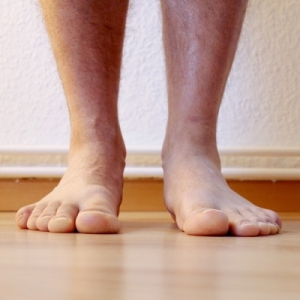 From
From 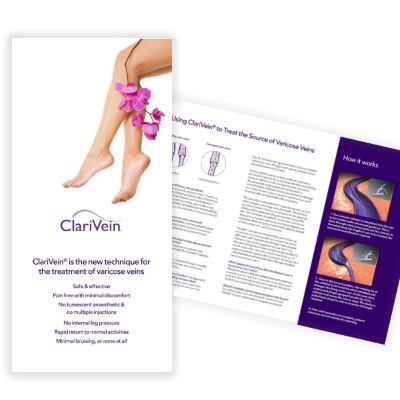
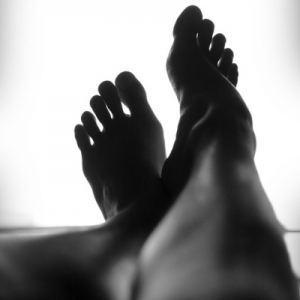 Itching varicose veins is a symptom of that indicates that the condition is quite advanced, as vascular insufficiency is affecting the health and condition of the skin as well.
Itching varicose veins is a symptom of that indicates that the condition is quite advanced, as vascular insufficiency is affecting the health and condition of the skin as well.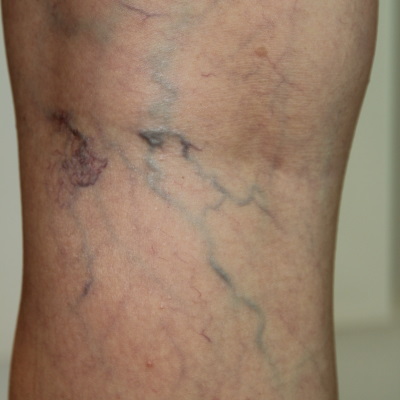 If you have developed thread veins on your legs, you may be wondering whether they are likely to turn into something worse – i.e. lumpy/twisted varicose veins.
If you have developed thread veins on your legs, you may be wondering whether they are likely to turn into something worse – i.e. lumpy/twisted varicose veins. 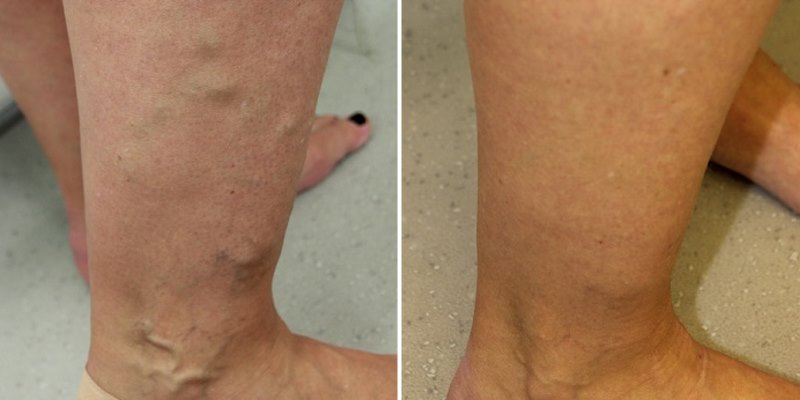
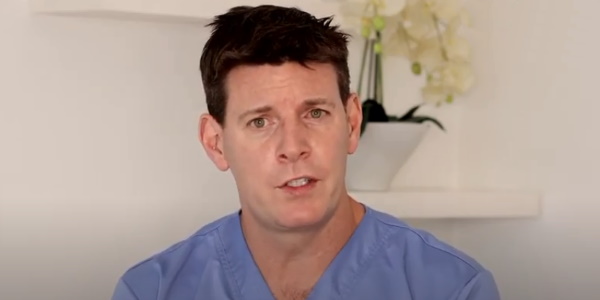 Dr Ross Perry, GP and founder of The London Vein Centre, has created a short new video to introduce
Dr Ross Perry, GP and founder of The London Vein Centre, has created a short new video to introduce